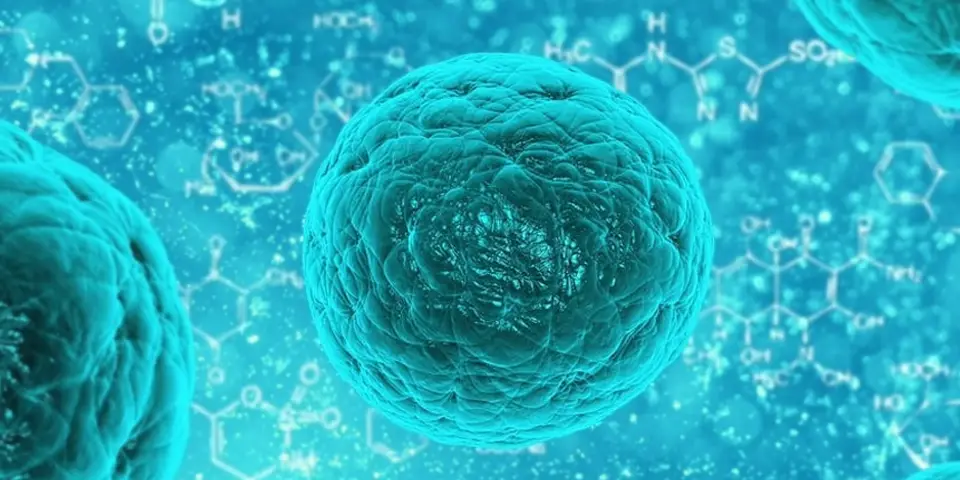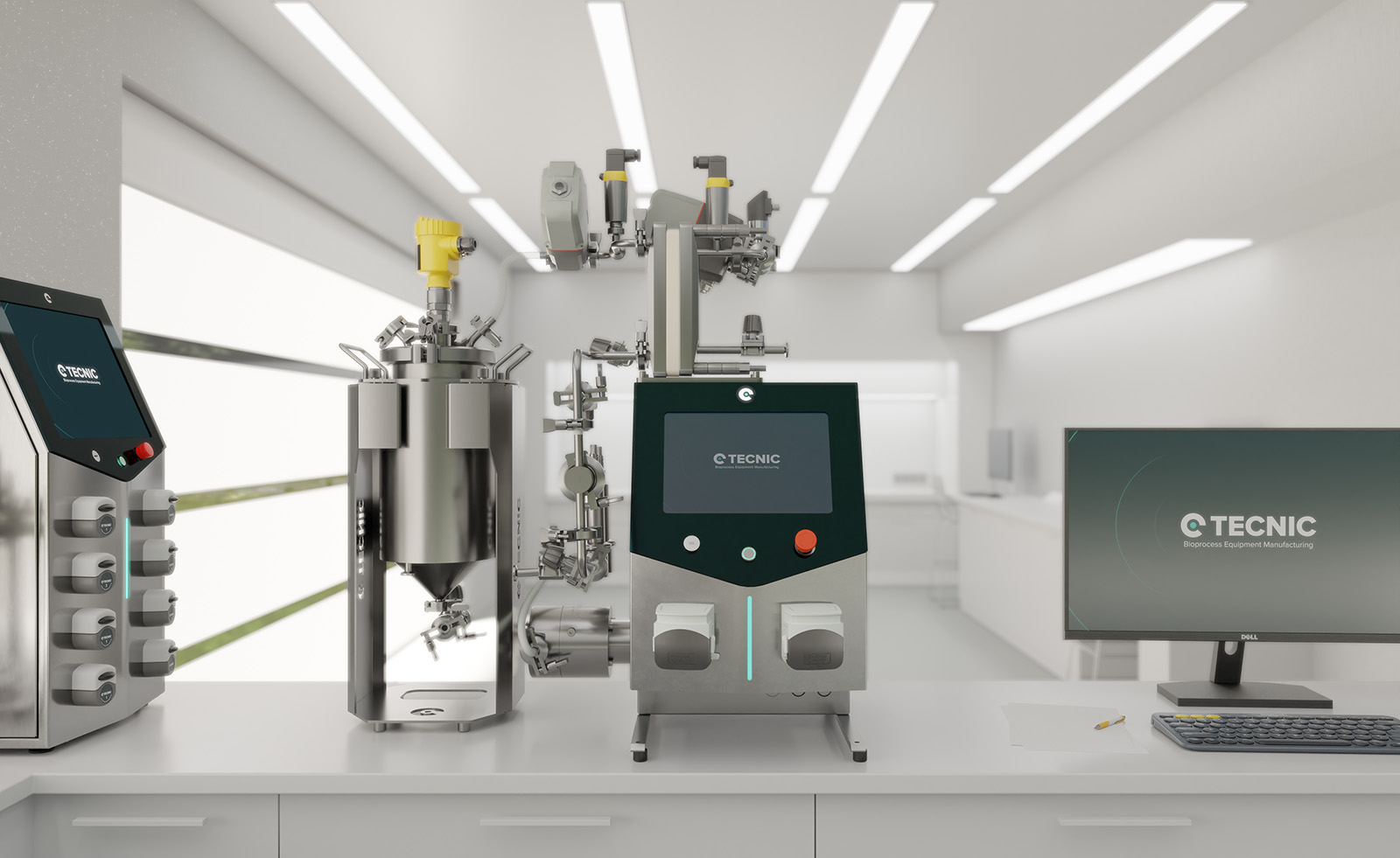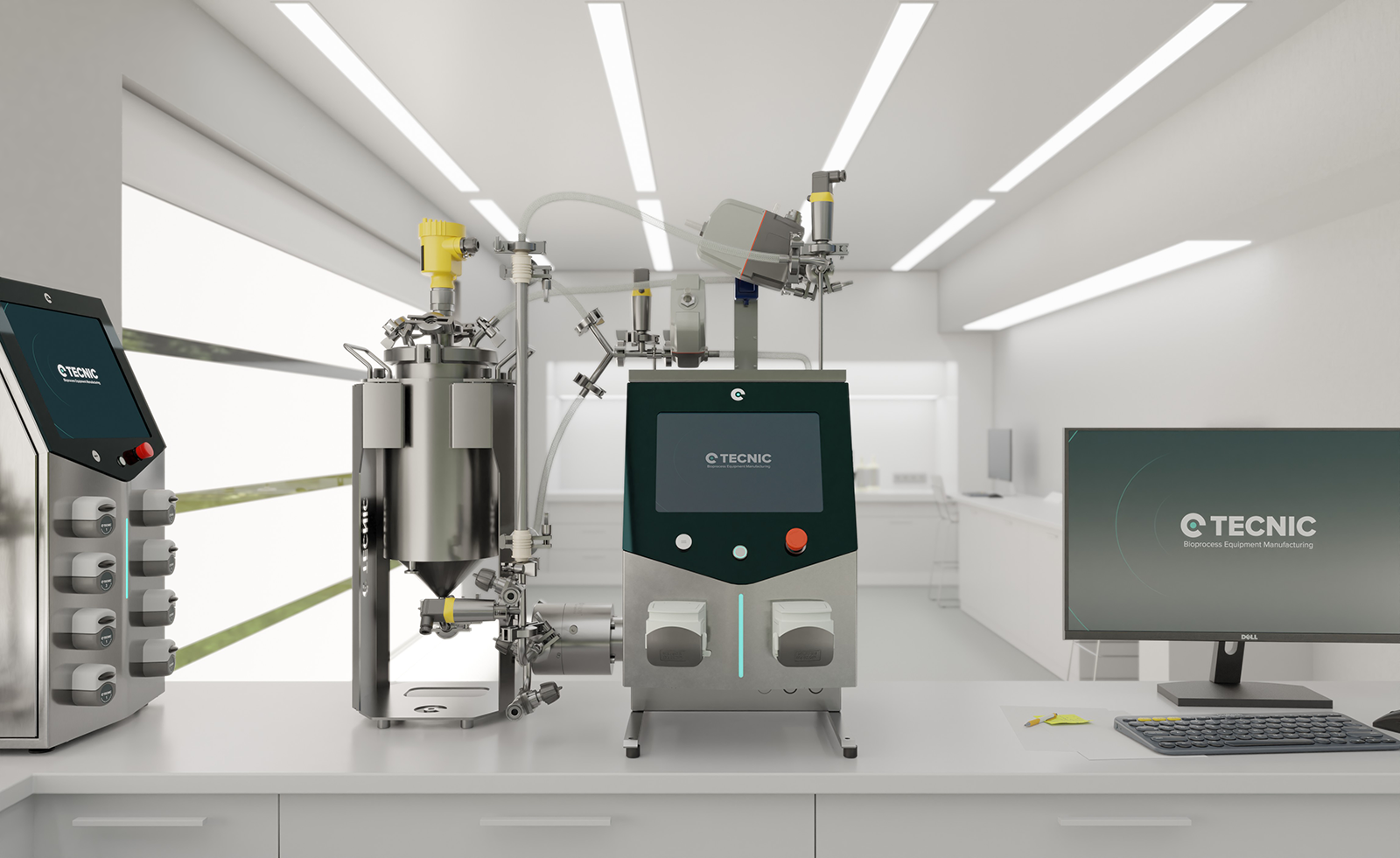In biology, it’s common to hear terms such as cells, microorganisms, bacterium or viruses and assume they all mean the same thing. However, each has a distinct definition and a specific role. Understanding these differences is helpful not only for biology students but for anyone who wants a clearer idea of how living beings function, how diseases work, or how processes like fermentation or vaccine production are carried out.
What is a cell?
A cell is the smallest unit with a life of its own. It is the foundation of all living organisms, from the simplest to the most complex. Each cell is like a tiny factory that performs vital functions: it obtains energy, produces substances, eliminates waste, and, in many cases, reproduces.
There are two main types of cells:
- Prokaryotic cells: Very simple cells. They have no separate compartment for their genetic information; instead, it floats freely inside the cell. For this reason, we say they have no nucleus. They are usually small and contain few internal structures. Bacteria are a good example of organisms made up of this cell type.
- Eukaryotic cells: More complex cells. They do have a specific compartment called the nucleus, where their genetic information is stored. They also have other internal “parts” (organelles) that carry out different tasks, such as obtaining energy or manufacturing substances. These cells are found in animals, plants, fungi, and other larger or more complex organisms.
Cells can exist on their own (unicellular organisms) or be part of more complex beings (multicellular organisms) like us.
What is a microorganism?
A microorganism is a living being so small that it cannot be seen with the naked eye, you need a microscope to observe it. Microorganisms can live in almost any environment: air, water, soil, food, and even inside our bodies.
Most microorganisms are made up of a single cell, but there are also multicellular microorganisms. The most common types include:
- Bacteria
- Archaea
- Protozoa
- Microscopic algae
- Microscopic fungi (such as yeasts)
Many microorganisms perform beneficial functions, such as helping digest food, producing vitamins, or protecting us from infections. Others can be harmful because they cause diseases.
Important: Viruses are sometimes confused with microorganisms, but many scientists do not consider them living beings because they lack several characteristics of life.
What is a bacterium?
Bacteria are among the best‑known types of microorganisms. They are unicellular, prokaryotic organisms, meaning each bacterium is a single cell without a nucleus. They are extremely small and come in diverse shapes: spherical, rod‑shaped, or spiral.
They are found almost everywhere: in air, water, soil, food, and even inside the human body. Some bacteria are beneficial, for example, those in the intestine that aid digestion. Others are used in industry to produce yogurt, cheese, or medicines. However, some bacteria can cause diseases such as respiratory, urinary, or digestive infections.
Bacteria reproduce rapidly by cell division, which makes them very efficient at colonizing environments.
What is a virus?
Viruses are much simpler and smaller than cells. A virus is made up of a protein capsule that encloses its genetic material (DNA or RNA). Unlike cells, viruses have no cell membrane, produce no energy, and cannot reproduce by themselves.
To multiply, a virus must infect a living cell and use that cell’s machinery to make copies of itself. For this reason, many scientists do not classify viruses as living organisms, although they clearly have a major impact on health and ecosystems.
There are thousands of types of viruses. Some cause mild illnesses, like the common cold, while others can be very serious, such as HIV, Ebola, or the coronavirus that causes COVID‑19. Despite their bad reputation, viruses are also studied for positive uses, such as vaccine development or gene therapy.
In summary
- A cell is the basic structure that makes up all living beings.
- A microorganism is a microscopic living being, which can be a bacterium, fungus, alga, or protozoan.
- A bacterium is a type of microorganism composed of a single cell without a nucleus.
- A virus is an extremely small particle that needs a living cell to multiply.
Knowing how to distinguish these concepts helps us better understand how our bodies and the environment function, how to prevent or treat diseases, and how to harness the power of biology in areas such as health, food, and biotechnology. From food fermentation to vaccine development, these organisms and structures play a role in many aspects of daily life.
Frequently Asked Questions (FAQ)
The basic unit of all living organisms. It can perform vital functions on its own.
A microscopic living being, such as bacteria, fungi, algae, or protozoa.
Not really. They’re not considered alive because they can't live or reproduce on their own.
A unicellular, prokaryotic microorganism. Some are useful, others cause disease.
A tiny particle that needs a living cell to reproduce.









